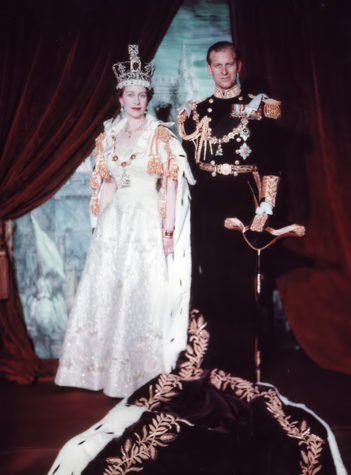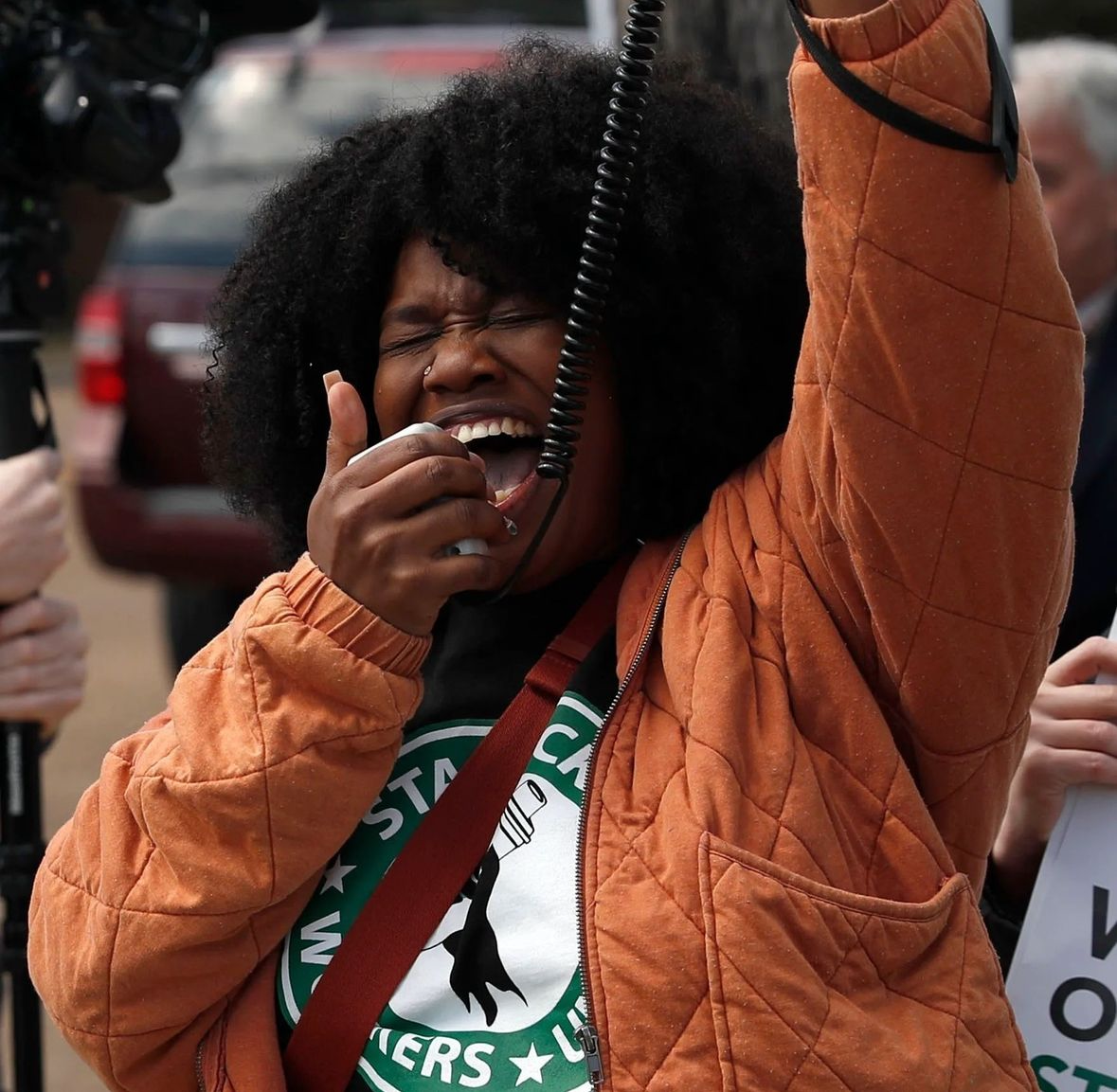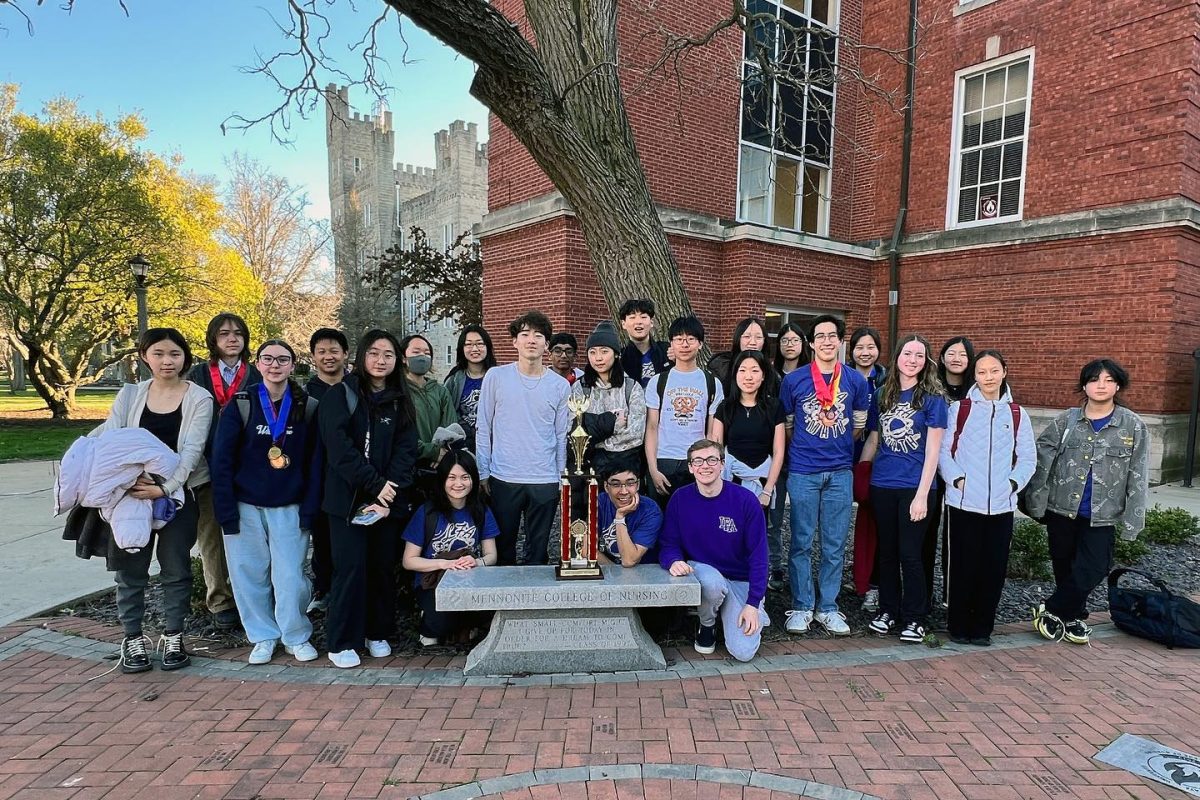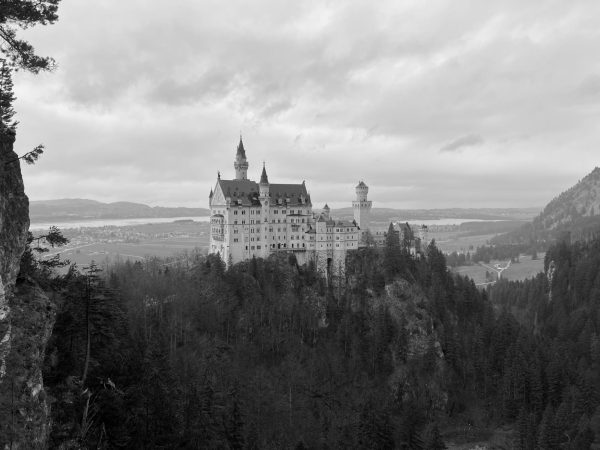The Legacy of Queen Elizabeth II: An era’s end and exposition
October 6, 2022

Photo Courtesy of Media Commons
Queen Elizabeth II and her husband Prince Philip, Duke of Edinburgh posing for a photo.
On the afternoon of September 8, 2022, Queen Elizabeth II, monarch of the United Kingdom and its Commonwealth realms for some 70 years, passed away peacefully at Balmoral Castle in Scotland. In her 70 years on the throne, the Queen met with 12 American Presidents and appointed 15 British Prime Ministers, starting with Winston Churchill. Since her ascension in 1952, 179 Prime Ministers throughout the Commonwealth realms have served under her. Her reign alone saw the Cold War, the decolonization of Africa and Asia, the Korean and Vietnam Wars, 1960s Counterculture and the Civil Rights Movement , the fall of the Soviet Union, 9/11 and the War on Terror , Brexit, and COVID-19 . To many, she has represented a beacon of unity and stability in a world that remains in constant change.
Born Princess Elizabeth Alexandra Mary of York on April 21, 1926,, Elizabeth was never expected to become Queen, as at the time of her birth third in line to the throne. However, this all changed when her uncle, King Edward VIII, expressed his desire to marry the American divoceé, Wallis Simpson. This was something deemed unacceptable by the Church of England of which-as King-Edward VIII was the official head of. Thus, after only a few months as King, Edward VIII abdicated in favor of his brother, Elizabeth’s father, making her the new heir.
As heir to the throne, Princess Elizabeth and her younger sister Princess Margaret would often attend events and speak on the radio supporting the war effort against the Axis Powers. In 1945, Elizabeth became the first British princess to join the military, enrolling in the Auxiliary Territorial Service.
In 1947, after the war’s end, Elizabeth married, against the advice of her family, her teenage flame, Prince Philip of Greece and Denmark: a Greek royal, navy sailor, and distant relative through Queen Victoria who’d been exiled to Britain. The two would go on to have four children: Charles, Anne, Andrew, and Edward.
In 1952, while she was on tour in Africa, Elizabeth’s relatively young father King George VI died suddenly of a smoke-related illness, leaving her Queen at the age of 25. In the next seven decades of her reign, the Queen would embody adaptability alongside continuity. At her coronation, the Queen would allow cameras to broadcast it to the world. Due to pushback from Prime Minister Churchill,, Elizabeth insisted that her children’s surnames would be Windsor as opposed to her husband’s Mountbatten. Over the next decades, the Queen would see the collapse of Britain’s remaining colonies, becoming the ceremonial sovereign of numerous countries.
In 1981, Elizabeth’s heir Charles, the Prince of Wales, married the considerably younger Lady Diana Spencer. Yet by 1986, both had entered into widely publicized affairs: Charles with his old girlfriend, Camilla Parker-Bowles, and Diana with Major James Hewitt. After the release of multiple incriminating phone conversations and interviews in 1992, the couple at the advice of the Queen divorced. On top of this, Prince Andrew and Princess Anne had also divorced that same year. From that point on, 1992 was referred to as her Annus Horribilis.
In 1997, the recently divorced Diana died in a tragic paparazzi-induced car accident in Paris, spurring the Queen to make a speech to the British public commemorating the late Princess of Wales. At her funeral, she bowed her head at the coffin-something traditionally the Queen had never done. In 2020, the Queen would lead the country- still on the heels of Brexit- through the coronavirus pandemic while also contending with the recent stepping down of her grandson Prince Harry from his royal duties. On April 9, 2021, her husband, Prince Philip, who had been by her side all along passed away. It was only a year and a half before she would do the same.
All through this, the Queen continued her impartial resilience ensuing support for the monarchy well into the 21st century. Former French teacher at LFA and English citizen, Stephen Ryder said on the matter that “despite not being a royalist, respectful of the Queen and all the things she’s done over the years, from her service during the Second World War to her leadership during the pandemic, she’s always been there. It’s an awe-some moment in history. It’s really touching the country.”
From her days in Auxiliary Territorial Service to her leadership during the pandemic, Queen Elizabeth II has done what she does best – her duty to the crown and country, never once giving an interview and rarely expressing an opinion but always supporting her people. In the coming days, her son, the new monarch, King Charles III, will settle into his new duties, for which he’s had some 70 years to prepare, but in the light of recent controversies, it is unclear whether Charles will be able to continue to the support for an institution his mother, the Queen, dedicated her whole life to continuing.














